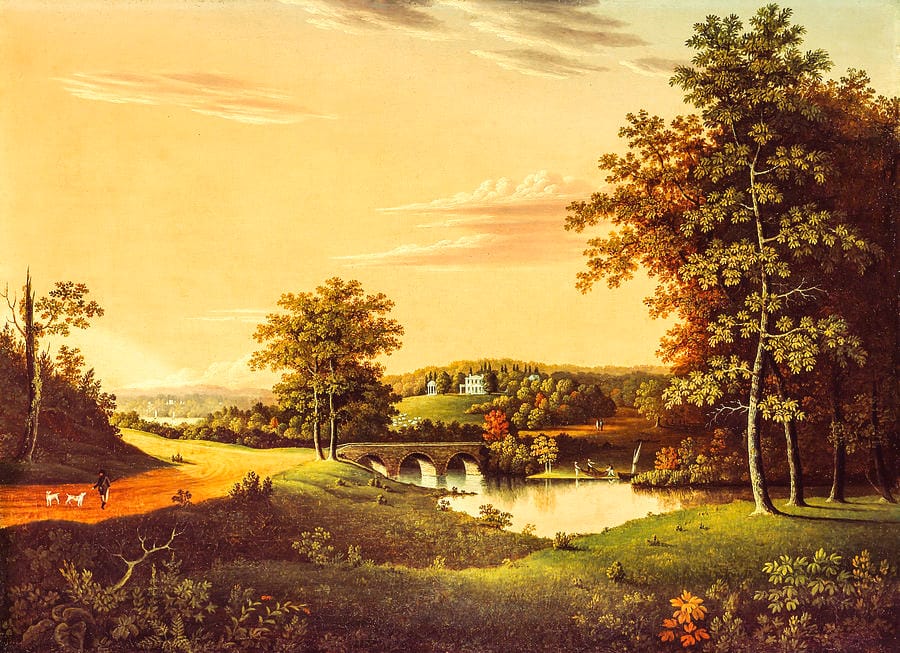
Joseph Bonaparte (Napoleon's Brother) Exile Bordentown, NJ
Trail Map
Interactive map showing the trail route for Joseph Bonaparte (Napoleon's Brother) Exile Bordentown, NJ. The map displays topographic information and trail markers.
Elevation Profile
Elevation data not available for this trail.
Chart showing elevation changes along the trail distance. Hover or focus on the chart to see specific elevation values at each point.
Joseph Bonaparte was the elder brother of Napoleon Bonaparte. Joseph Bonaparte was born on January 7, 1768, and he passed away on July 28, 1844, in Florence, Italy, at the age of 76.

His father was Carlo Buonaparte. Carlo was a lawyer and political figure who served as the representative of the region of Corsica in the French National Assembly.
Letizia Ramolino was his mother. Letizia was a Corsican woman who came from a noble family and was known for her strong character. She had a significant influence on her children, especially Napoleon.

Joseph's Siblings
Napoleon Bonaparte (younger brother): The famous French military leader and emperor who rose to prominence in the French Revolution and became Emperor of France.
Lucien Bonaparte (younger brother): A politician and diplomat, Lucien had a complicated relationship with Napoleon.
Elisa Bonaparte (younger sister): She became the Grand Duchess of Tuscany and was an influential figure during the Napoleonic era.
Louis Bonaparte (younger brother): He became King of Holland and was the father of Napoleon III.
Pauline Bonaparte (younger sister): She was married to a Roman prince and became known for her beauty and lifestyle.
Caroline Bonaparte (younger sister): She married Joachim Murat, who became King of Naples.
Jerome Bonaparte (youngest brother): He became King of Westphalia.
Marriage and Children
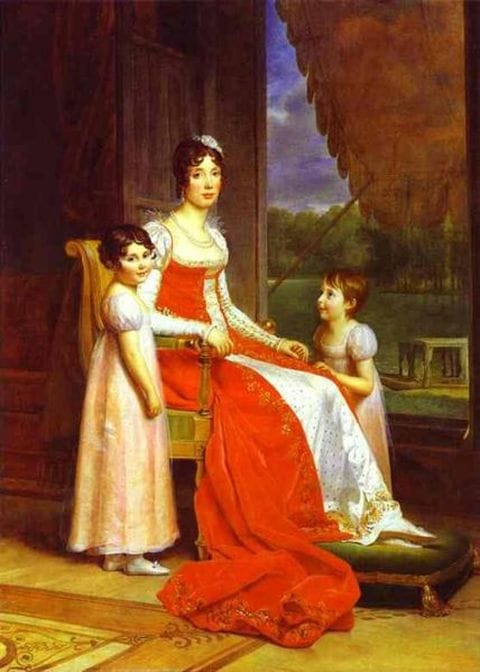
Joseph Bonaparte married Julie Clary in 1794, the daughter of a wealthy merchant from Marseille. Julie was the sister of Napoleon's first wife, Josephine. The marriage was part of a broader strategy to build political alliances within the Bonaparte family. Julie Clary and Joseph Bonaparte had a close relationship, and she was supportive of Joseph's various political and royal ventures, though she was not as politically involved as some of her other relatives. Joseph and Julie had two daughters:
Zénaïde Julie Bonaparte was born October 8, 1801, in Naples, Italy. Zénaïde was the older of Joseph Bonaparte's two daughters. In 1822, Zénaïde married Charles Lucien Bonaparte, a French naturalist and aristocrat. Charles was the son of Lucien Bonaparte, Joseph's younger brother, and was a prominent figure in the study of birds and natural sciences. Zénaïde and Charles had three children together, continuing the Bonaparte family line. She died March 8, 1854, in Florence, Italy at 52.
Charlotte Bonaparte was born March 31, 1802, in Naples, Italy. She married Frédéric de Beauharnais who was a French nobleman and the grandson of Empress Joséphine through her first marriage. Charlotte and Frédéric had two children together, but she died at a young age, at just 37 years old, likely due to health complication on December 2, 1839, in Rome, Italy at 37.
Joseph Bonaparte Political History
In 1808, following Napoleon's invasion of Spain, Joseph was King of Spain. This move was part of Napoleon’s broader strategy to place his relatives on the thrones of Europe and consolidate his empire. Joseph’s reign in Spain was marked by significant resistance from Spanish patriots and guerrilla fighters, which led to a prolonged and brutal conflict known as the Peninsular War (1808-1814).
In 1813, Joseph Bonaparte, facing increasing resistance from Spanish forces and a deteriorating situation in Spain due to the Peninsular War and the advancing Allied armies, abdicated the Spanish throne in 1813. In 1813-1814 Joseph fled to France after his abdication. During this period, he was not a prominent figure in French politics but continued to live in relative obscurity.
Following Napoleon’s first abdication in April 1814, Joseph was in Paris before moving to various places in Europe. After Napoleon’s brief return to power during the Hundred Days (March-June 1815), Joseph was once again in Paris but soon went into exile after Napoleon’s final defeat at the Battle of Waterloo.
Exile in New Jersey
Joseph lived in various places in Europe and in the United States. He spent time in the United States, particularly in the New Jersey area, where he lived in the town of Bordentown. He was well received in American society and spent several years there. Joseph Bonaparte was known to be a generous and somewhat reclusive figure. He became a local celebrity and was known for his engagement with the community, hosting social events and entertaining guests. His presence brought a degree of international attention to the small town.
1832-1844: After living in the United States, Joseph returned to Europe. He lived in several countries, including Italy and France, where he spent his final years. He settled in Italy, in the city of Florence, where he lived until his death in 1844.
Point Breeze and Bordentown
In 1816. He purchased a large estate known as "Point Breeze" which became his American residence. He made significant renovations to the property, transforming it into a grand estate with a large mansion and beautifully landscaped gardens.
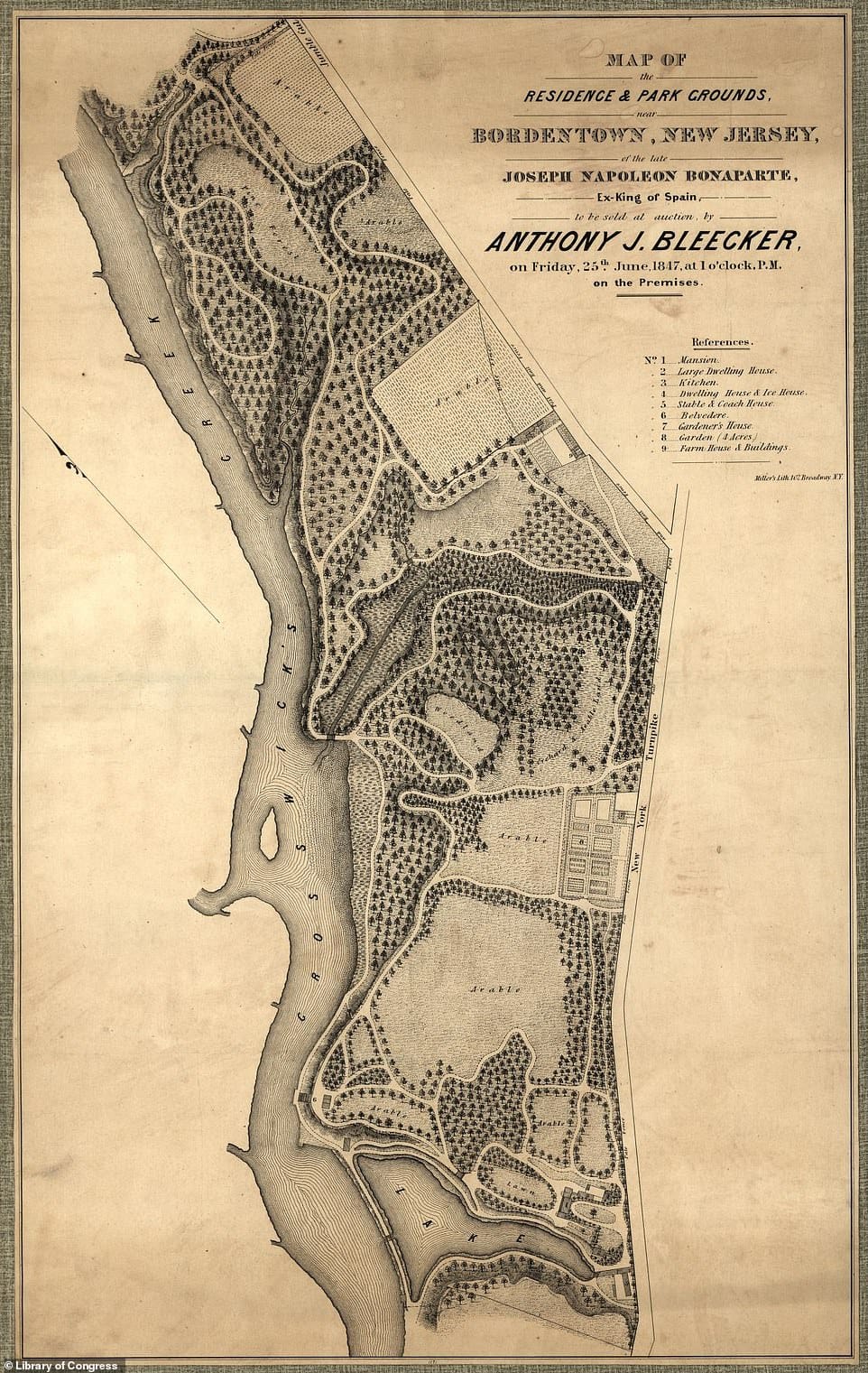
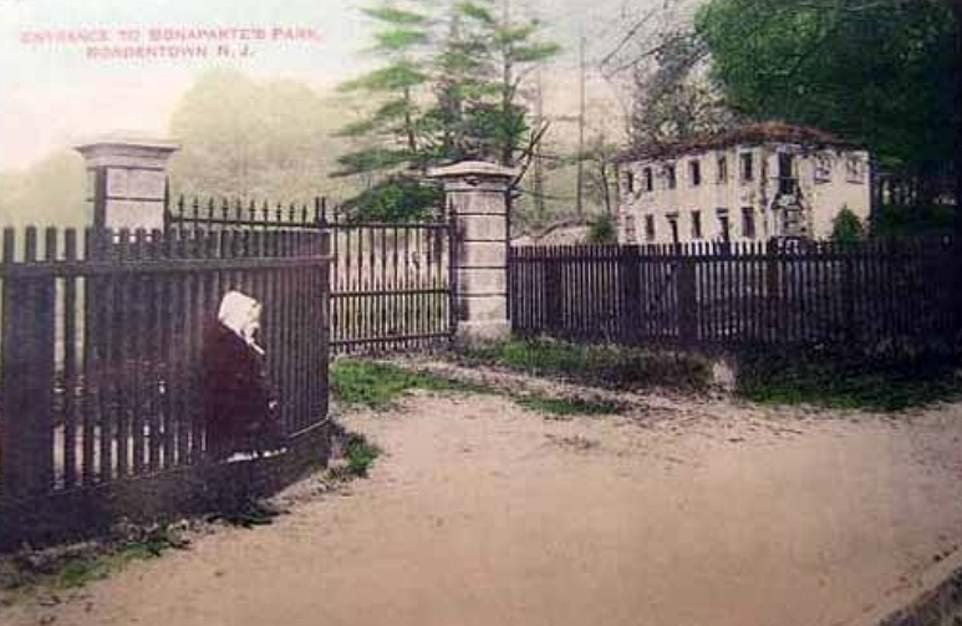
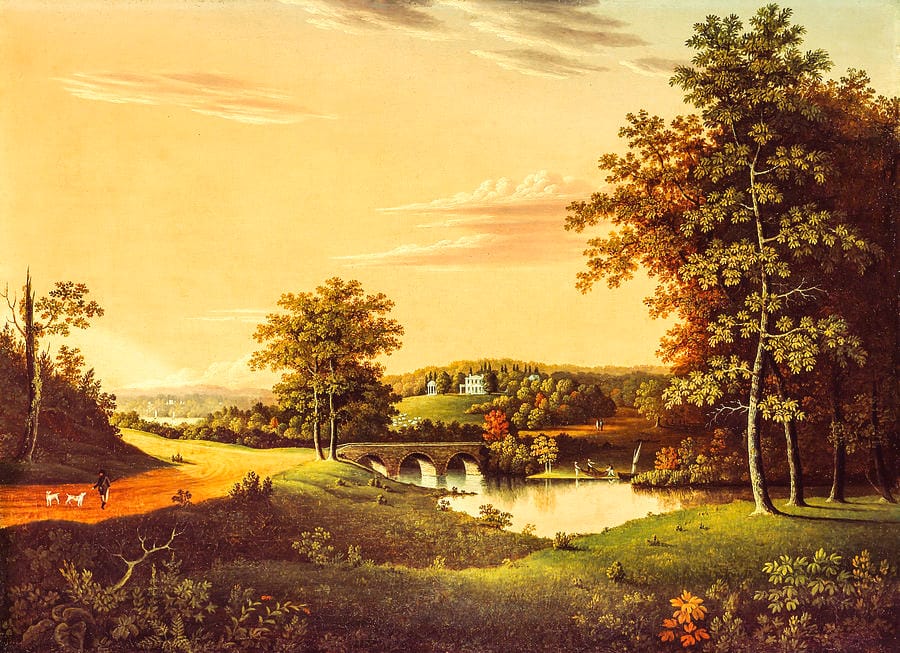
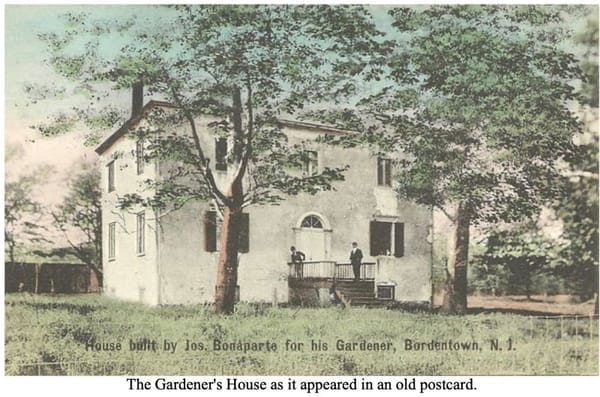
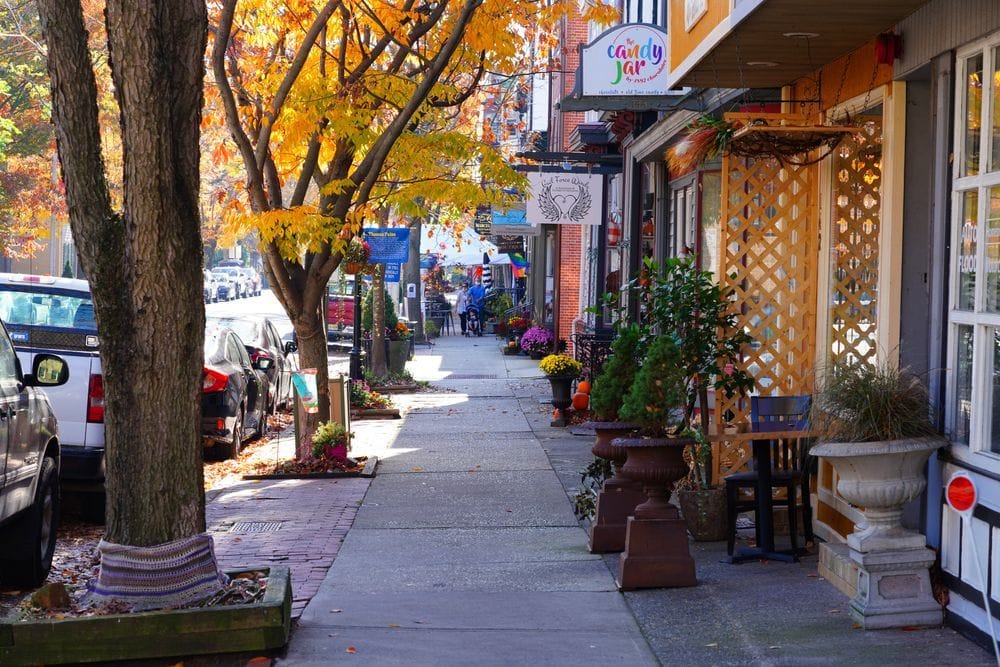
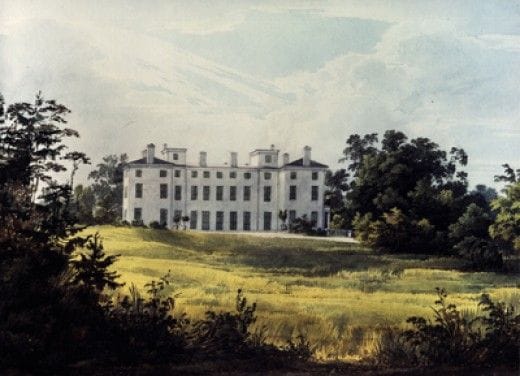
After Joseph Bonaparte left the United States in 1839, the estate changed hands several times. The mansion was occupied by various owners, including members of the local elite, and it continued to be a prominent property in Bordentown.
The original mansion was eventually demolished in 1890, and the estate was subdivided into smaller plots. The land where Point Breeze once stood was developed into residential and commercial properties over the years.
The area that was once Point Breeze is now part of Bordentown's residential and commercial landscape. The exact location of the former mansion is marked by modern developments, and the grandeur of the original estate is no longer visible.
While the original mansion and gardens are gone, the history of Joseph Bonaparte’s residence at Point Breeze remains a part of Bordentown’s local heritage. There may be historical markers or references in local archives that acknowledge the significance of the site.
The Bordentown Historical Society often provides information about the town’s history, including the period when Joseph Bonaparte resided there. They may have exhibits or archives related to his time in Bordentown.
Hiking Trails
Here are a few hiking options in and around Bordentown:
1. Bordentown Township Trails
- Location: Bordentown Township, NJ
- Distance: Varies (generally short, around 1-2 miles)
- Details: Bordentown Township has several small parks and green spaces with trails. These trails are often more suited for a casual walk or a short hike rather than a challenging hike.
2. Crosswicks Creek Park
- Location: 16 Park Street, Bordentown, NJ
- Distance: Approximately 2 miles
- Details: This park features a trail that follows along Crosswicks Creek. It’s a peaceful, scenic walk suitable for all skill levels, with opportunities to enjoy the natural beauty and observe local wildlife.
3. Hamilton-Trenton Marsh
- Location: Off of Route 29, Hamilton Township, NJ (close to Bordentown)
- Distance: Various trails, typically ranging from 1-3 miles
- Details: This is a large, protected marsh area with trails that offer a mix of wetland and woodland experiences. It’s a great spot for birdwatching and enjoying the natural environment.
4. Rancocas State Park
- Location: 22 Wilson Road, Hainesport, NJ (a short drive from Bordentown)
- Distance: Approximately 7 miles of trails
- Details: This park features a variety of trails, including forested paths and areas along the Rancocas Creek. The park provides a more extended hiking experience with diverse landscapes.
5. New Jersey Transit’s RiverLINE Trail
- Location: Runs through Bordentown and connects with nearby towns
- Distance: Over 30 miles (trail segments vary)
- Details: While not a traditional hiking trail, this multi-use trail runs parallel to the RiverLINE light rail and offers a long, scenic route for walking or biking.
For detailed trail maps and more information, you might want to check local municipal websites or local hiking groups, as they can provide up-to-date details on trail conditions and accessibility.
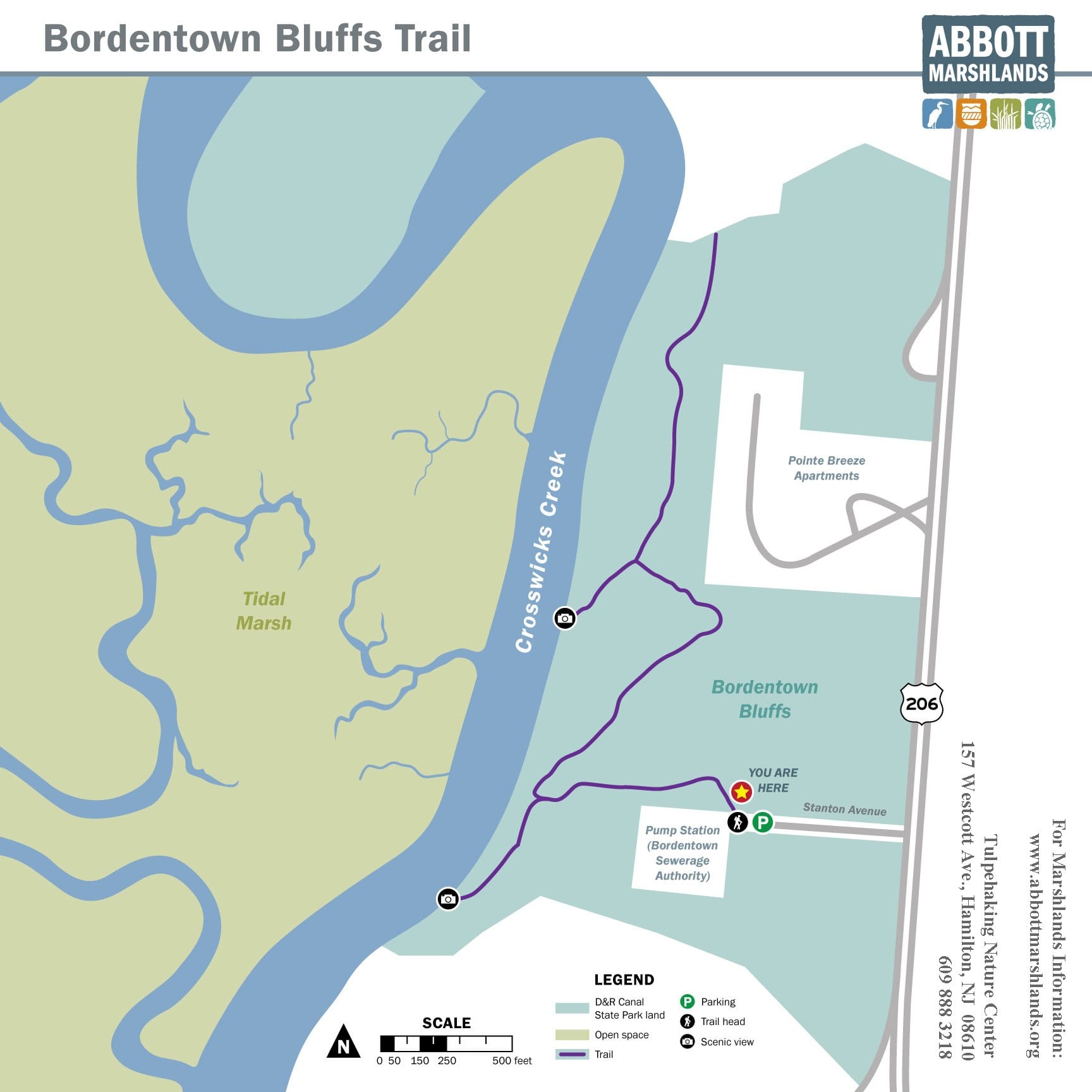
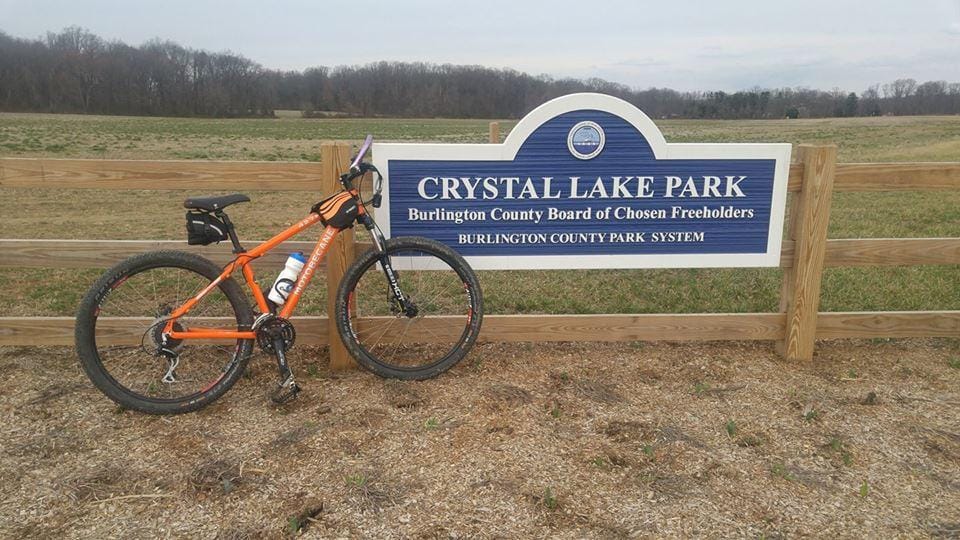
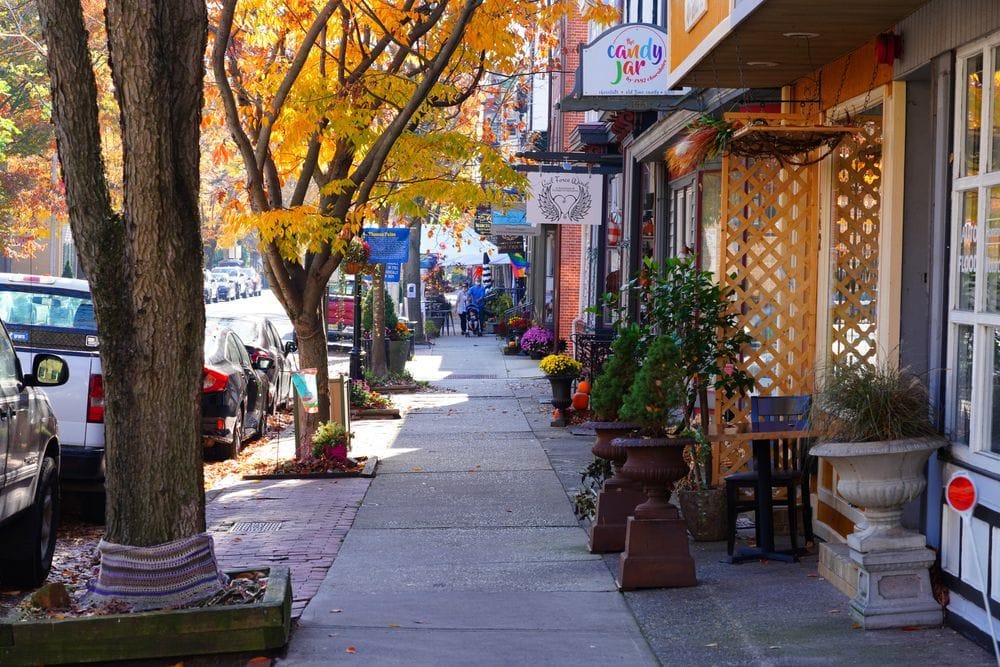

Conclusion
Finding out about Joseph Bonaparte and his exile is a fascinating part of history. It is definitely worth the trip.
